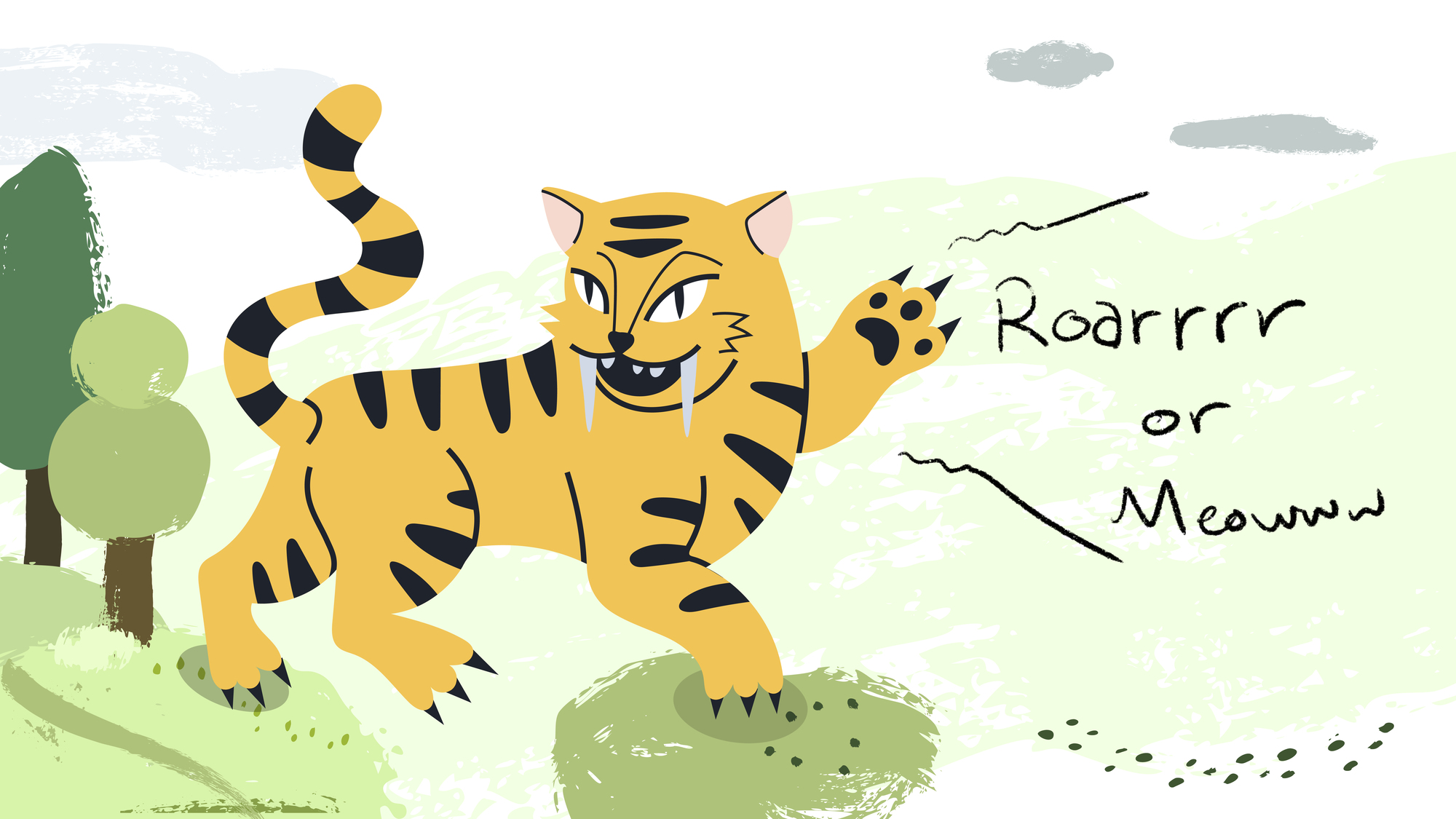Did Saber-Toothed Tigers Purr or Roar? New Research Suggests a Surprising Answer
If a saber-toothed tiger calls in the jungle and no one is there to hear it, does it really make a sound? This may seem like a philosophical question, but it’s actually a topic that a research team at North Carolina State University has been exploring recently. They wanted to know whether Ice Age saber-toothed cats purred like a house cat or roared like a lion. According to their latest findings, the answer may be more subtle.
The current cat family can be roughly divided into two subfamilies, each with a different call. “Big cats” such as lions and tigers “roar”, while “small cats” such as house cats, mountain lions, and jaguars “purr”. The research team found that the difference between purring and roaring may have something to do with certain bones in their larynx.
Adam Hartstone-Rose, Ph.D. in evolutionary biology at North Carolina State University, said: “From an evolutionary point of view, saber-toothed cats diverged from the evolutionary tree earlier than modern cats.” This means that saber-toothed cats and domestic cats or lions are relatively distantly related.
Although a cat’s meow is driven by the soft tissues of its throat, the researchers found that the way these soft tissues attach to the larynx is crucial to its purr. “Humans have only one larynx, but purring cats have nine and roaring cats have seven,” explains doctoral student Ashley Deutsch.
The size of the larynx can determine whether a cat’s roar sounds like a kitten or a lion. The sabre-toothed tiger’s throat structure has only seven pieces, but its shape and size are very similar to those of some purring cats. Therefore, whether a saber-toothed cat purred or roared may depend on the number and shape of the larynx.
When the team studied the bones associated with these vocal organs, they found even more shape differences. Some of the key larynx are more like purring cats, but on a much larger scale.
Although this is still a prehistoric mystery, according to Deutsch, the size of the larynx may be related to the pitch of the vocalization. “While saber-toothed cats were not as large as modern big cats, their larynx was larger than that of any living relative, so they probably had a deeper cry than lions and tigers.”
So when you roamed an ice age forest, you might hear a saber-toothed cat purr rather than a deafening roar. The research appears in the August issue of Morphology.
For more science and technology news, visit Tomorrow Science Network.
Reference papers:
1. The roar of Rancho La Brea? Comparative anatomy of modern and fossil felid hyoid bones. Morphology
Further reading:
1. Dolphin mothers also use “baby sounds” to communicate with their babies
